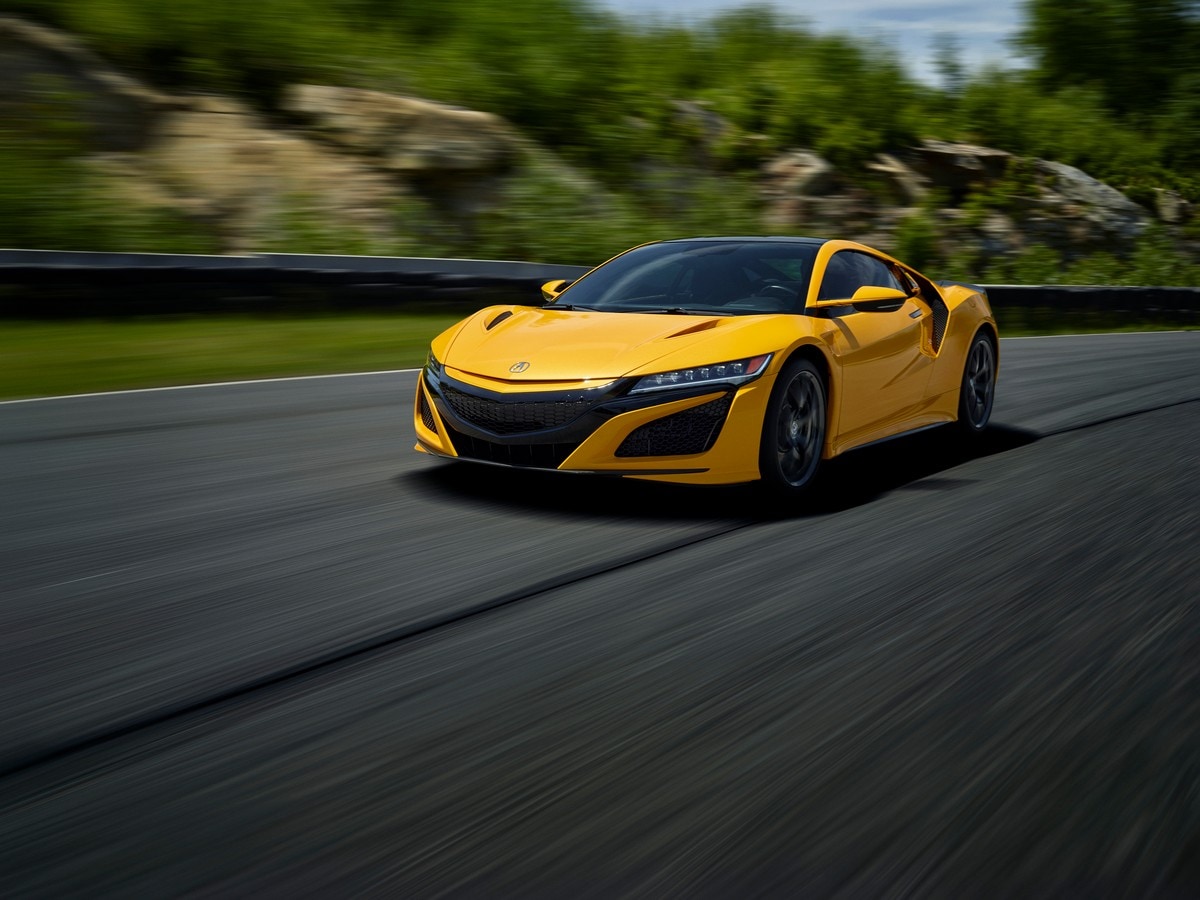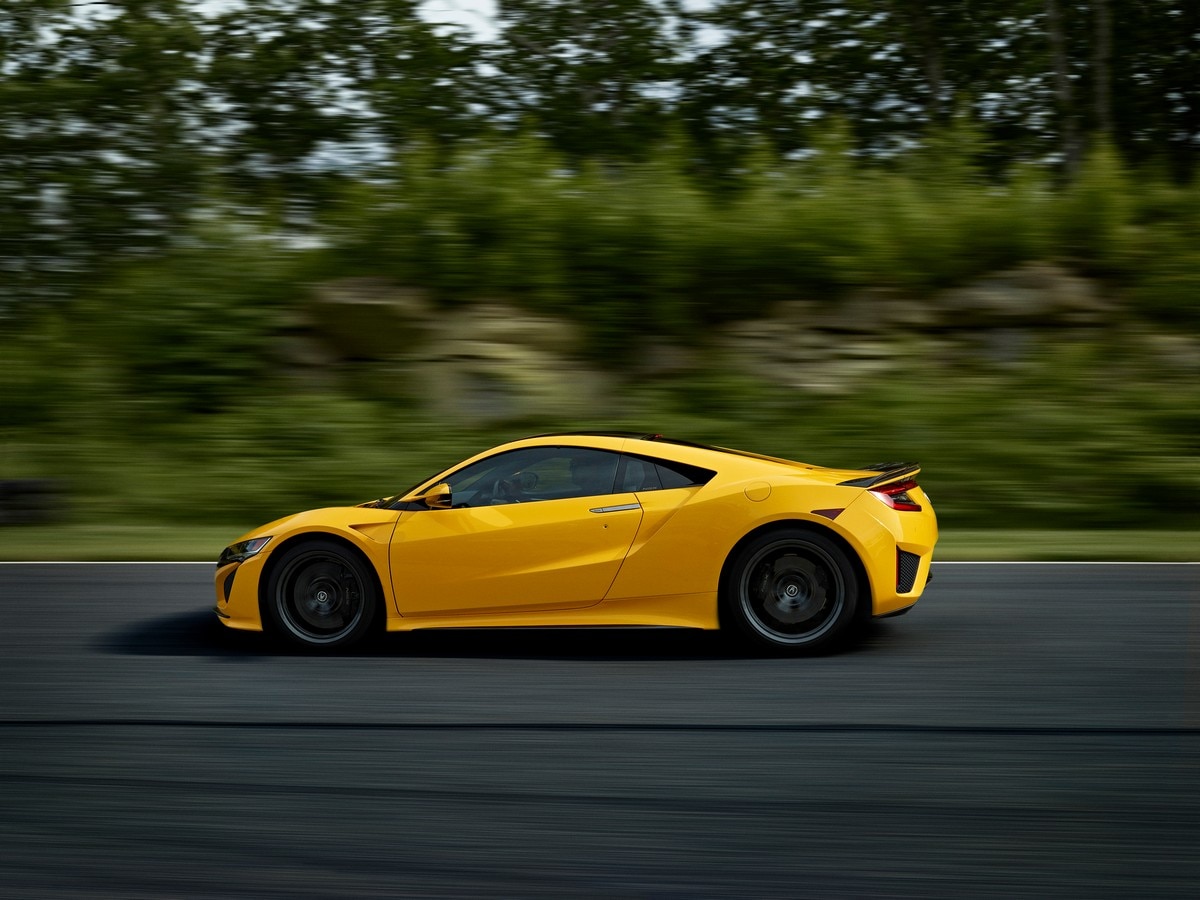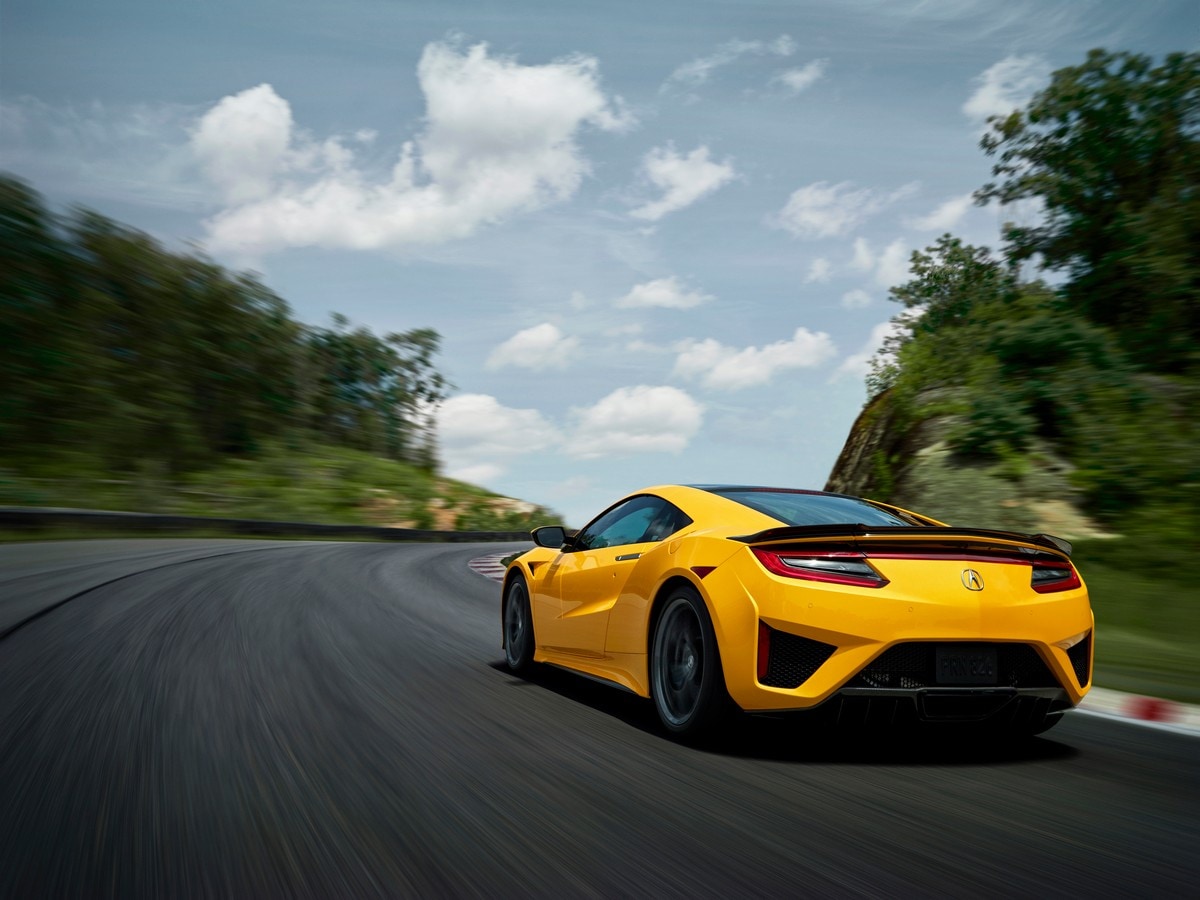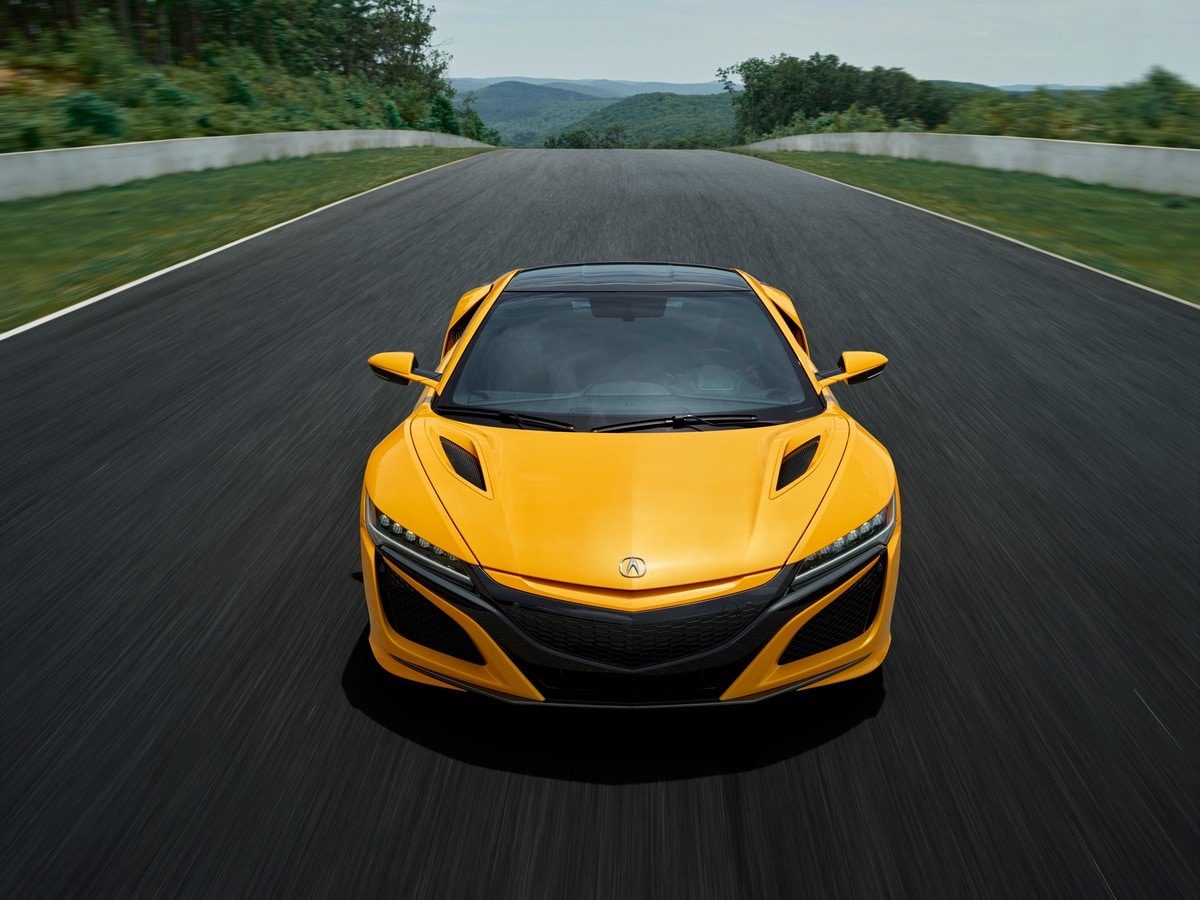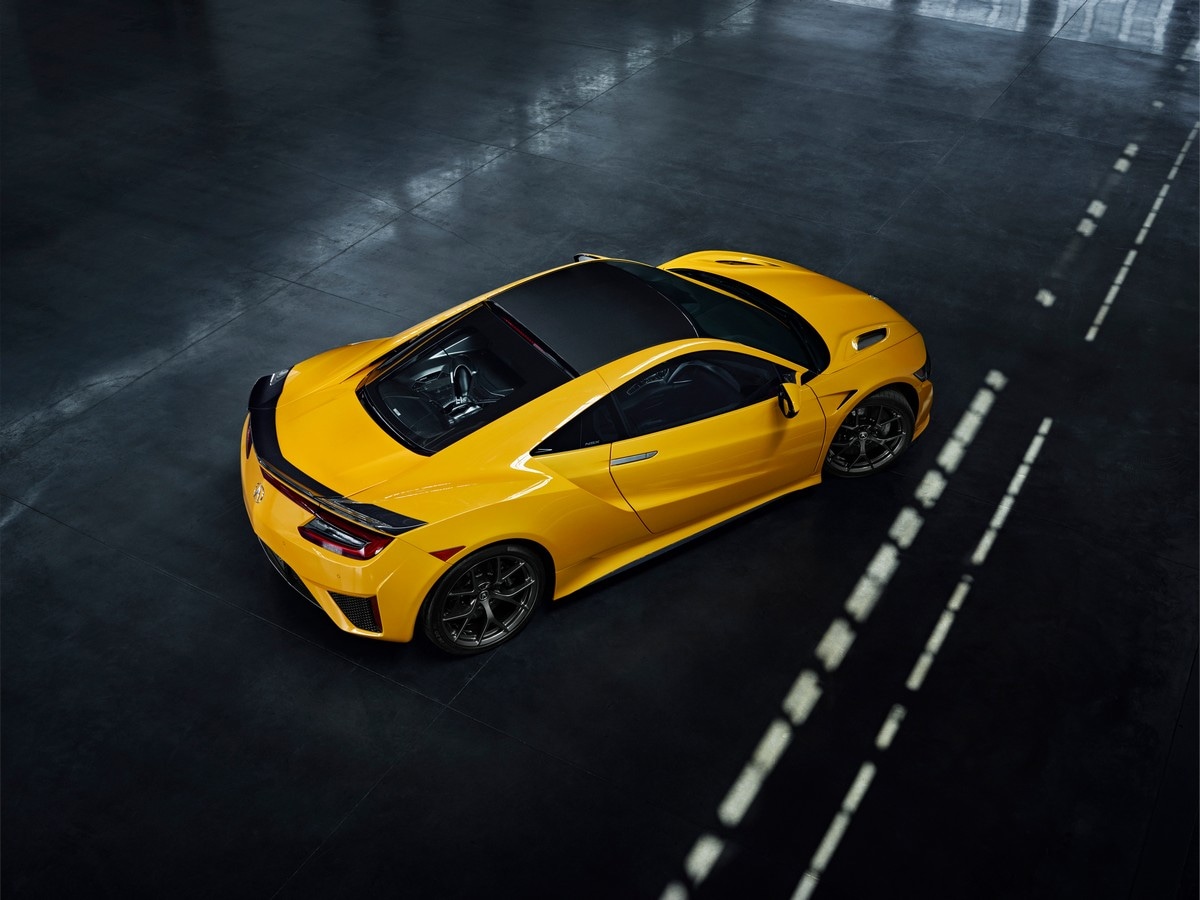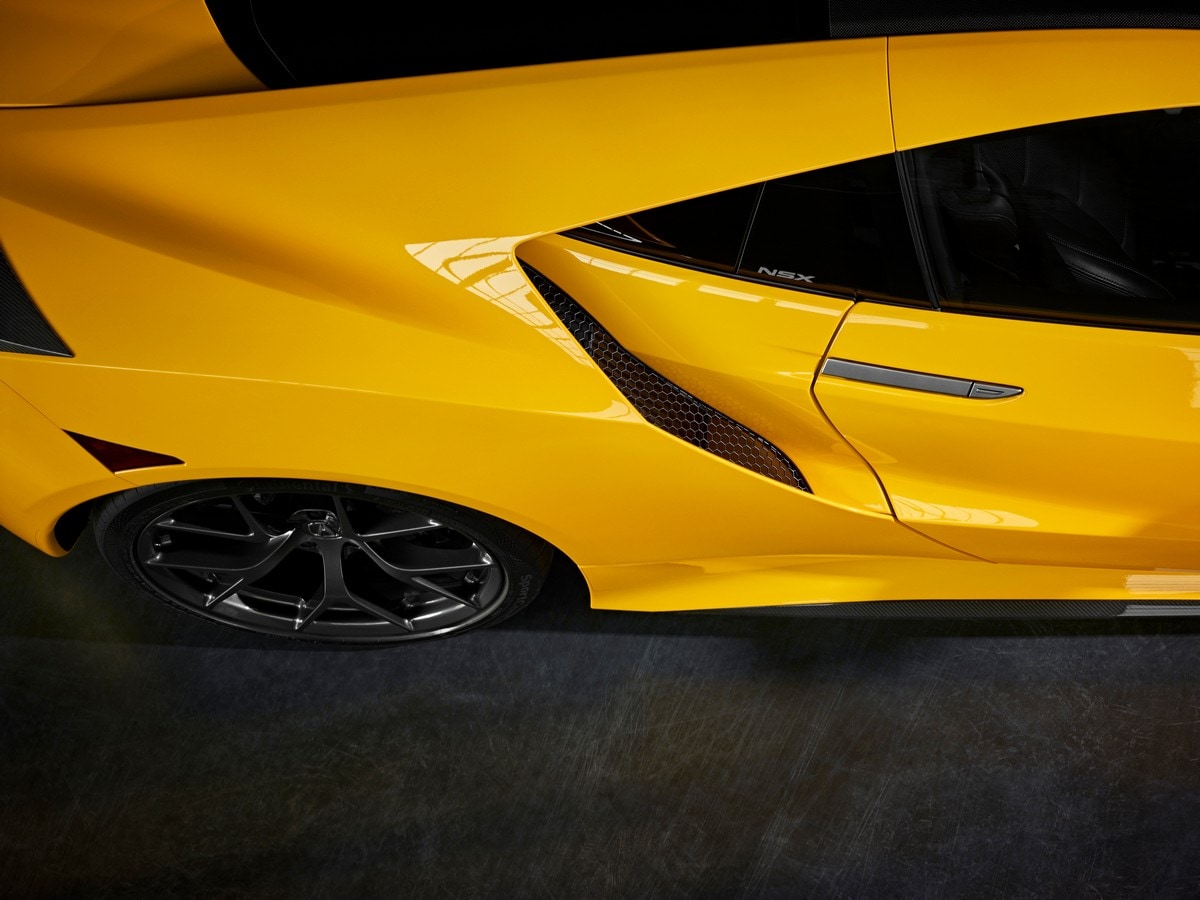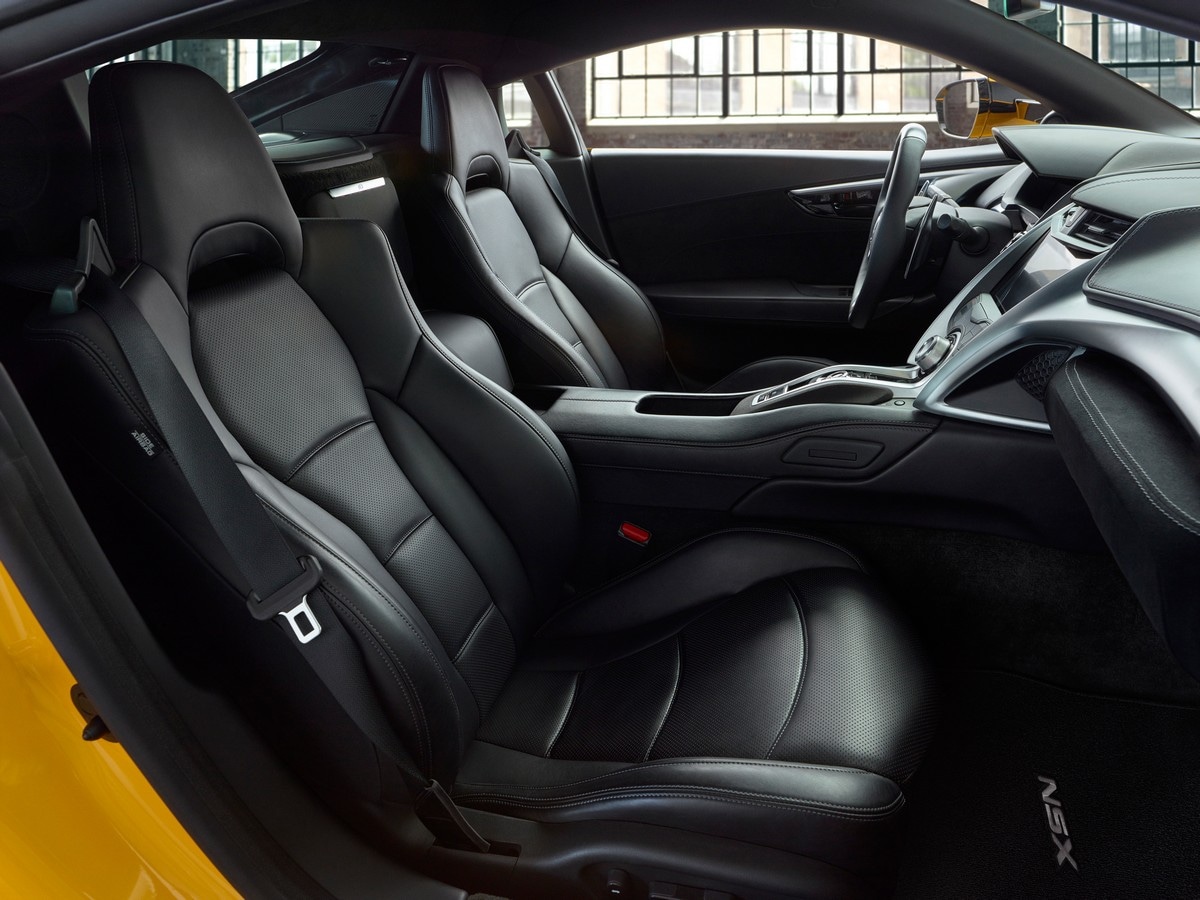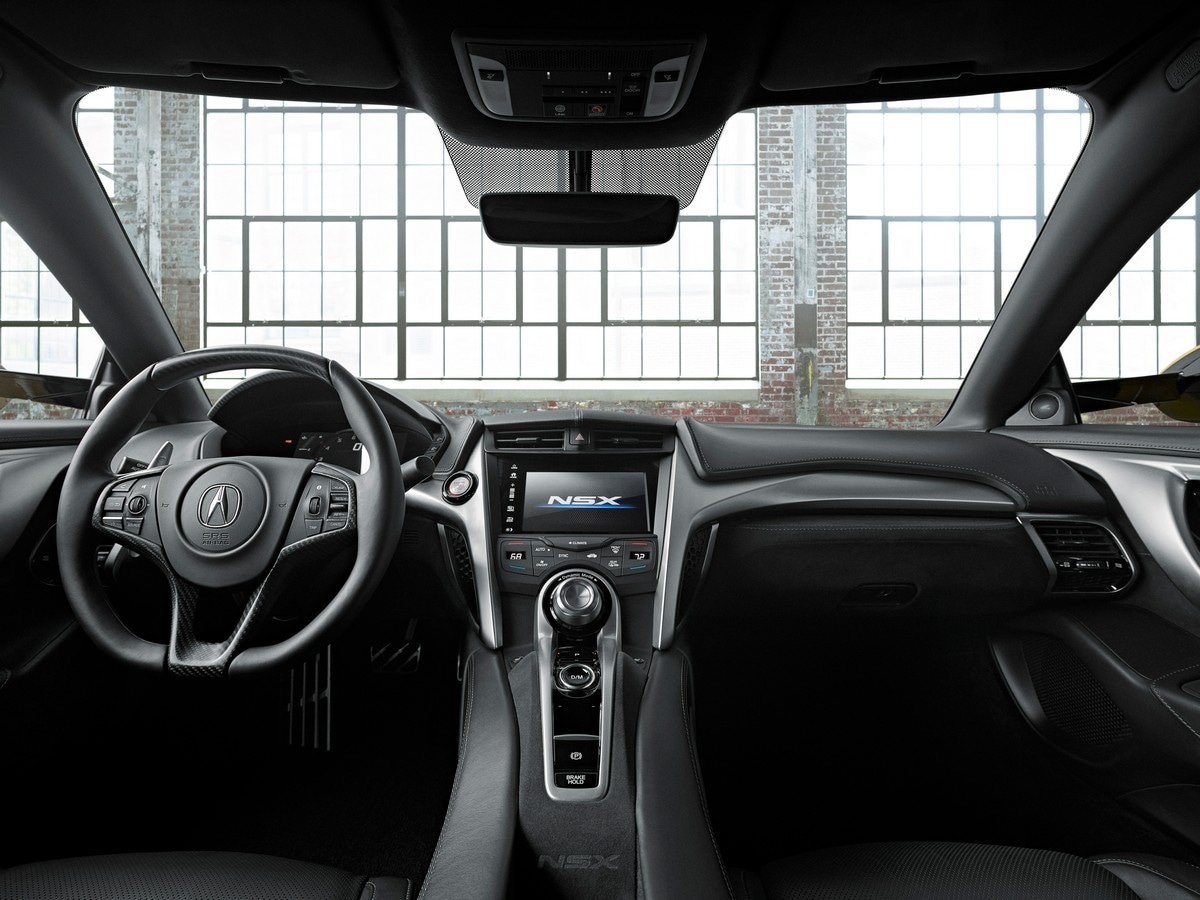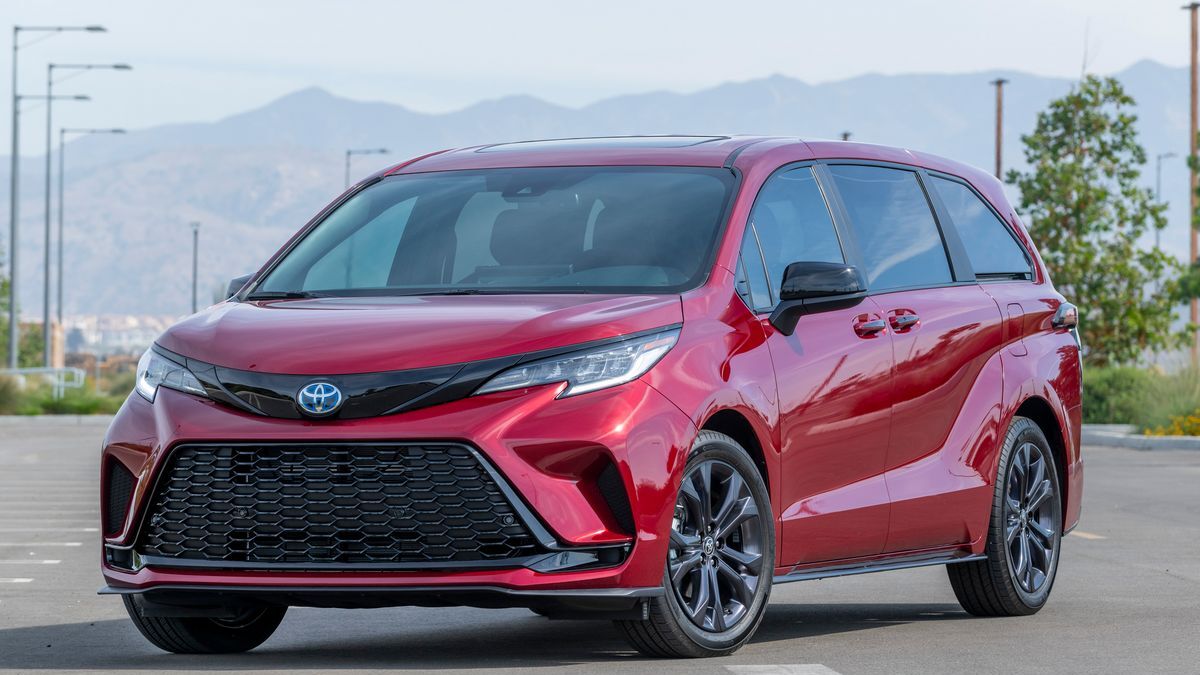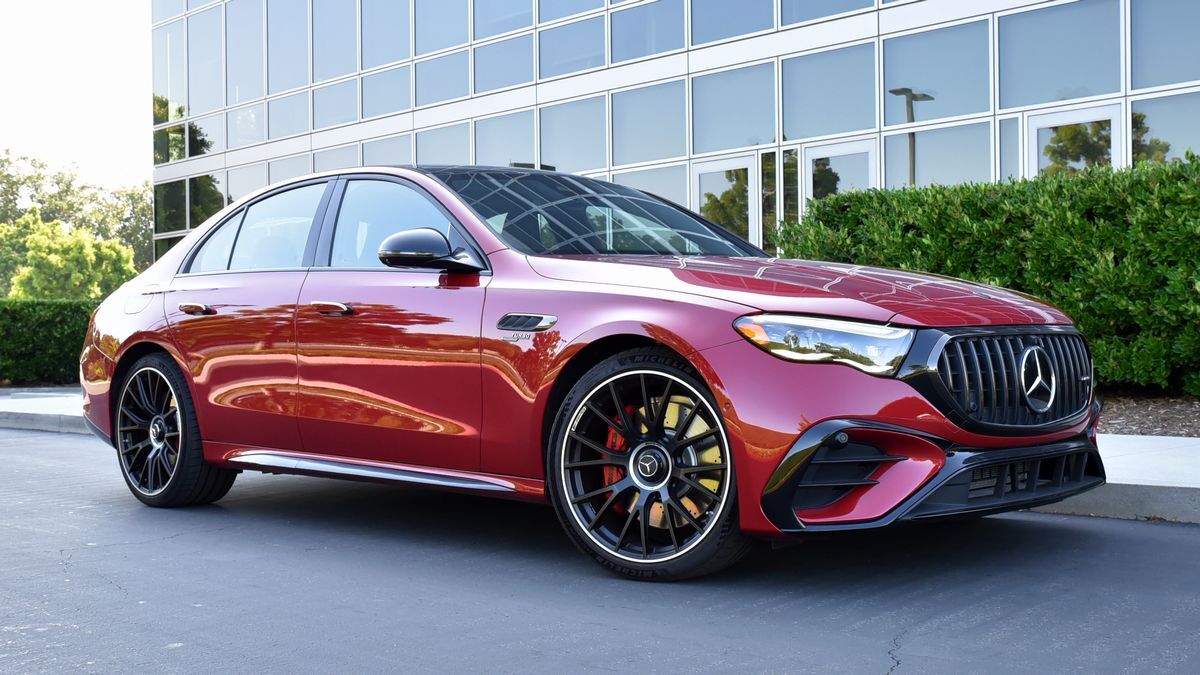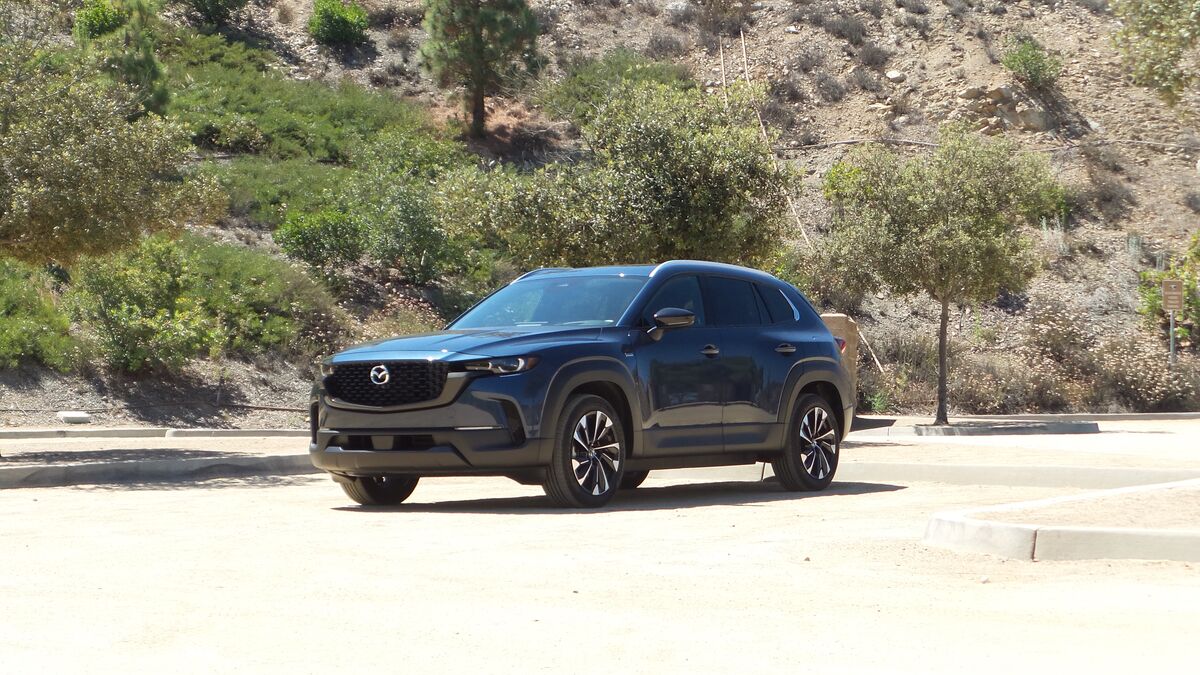- Second-gen Acura NSX provides supercar performance and hybrid efficiency
- Power comes from a gas twin-turbo V6 and three electric motors
- All-wheel drive electric power used for torque-vectoring to improve handling
- Similar powertrain appears on MDX and RLX
Hybrids aren’t normally associated with enthusiast cars; in fact, some are downright unpleasant to drive compared to a gas-only version of the same vehicle. Common complaints are lackluster acceleration and ponderous CVTs (continuously variable transmissions). However, in recent years, some of the coolest supercars to hit the market are actually hybrids, like the Porsche 918 and the current generation Acura NSX.
The NSX is significant because its powertrain appears beneath the hood of the Acura MDX Sport Hybrid and RLX Sport Hybrid sedan. They also employ similar Super Handling-All Wheel Drive (SH-AWD) with torque vectoring. The difference is that the NSX favors the rear axle, while the MDX and RLX send most of the power forward.
NSX history
NSX stands for, “New Sportscar Unknown world”, which is a bit confusing and clunky as names go. What is not clunky is the car itself: the NSX was the first Acura designed to turn heads and sit fender-to-fender with the likes of Porsches and Ferraris.
The first generation was in production from 1990 – 2005, and during that time it had several facelifts and updates. The NSX design takes its cue from fighter jets, which gives it an aggressive look that incorporates sleek aerodynamics. That shape makes it a faster and more efficient supercar. It was also the world’s first mass-produced car to feature an aluminum semi-monocoque body and chassis using a process called extrusion, for the pieces of the frame. The new use of this technology allows for greater weight savings while increasing performance and fuel economy. The focus on efficiency is one of the things that really set the car apart from other exotics in that era. The NSX was truly ahead of its time and offered of a glimpse of what is commonplace today.
When Acura set out designing its supercar, they wanted it to be elegant and dynamic, which is why they created a vehicle with low mass and a high power-to-weight ratio. This platform allowed them to build something that was precise and performance-orientated, but not as impractical as many other supercars are. Over the years, the NSX exemplified Acura’s high standards of quality, durability, and day-to-day reliability without compromising performance, another attitude completely foreign to exotics up until then.
NSX hybrid approach
With the launch of the second-generation NSX in 2016, Acura employs the latest technology. to fuse efficiency with every-day usability, all without the sacrifice of performance.
Since the NSX is a hybrid, it is relatively efficient for a sports car, getting an impressive 21 mpg city and 22 mpg highway. It can also run in all-electric silent mode around town if you prefer not to wake up the neighbors.
The NSX features all-wheel drive which allows it to use the hybrid powertrain’s electrification to its advantage, especially when it comes to handling.
The system utilizes electric motors to assist with acceleration, braking, and cornering. This setup also provides electrically-powered torque vectoring via the front twin-motor unit. With the integration of electrified torque vectoring, the NSX takes Acura’s SH-AWD to a new level.
What Powers The NSX
Powering the NSX is a complex task. The gas-burning portion of the powertrain consists of a twin-turbocharged mid‑mounted V6 engine, coupled to a 9-speed dual-clutch transmission.
The direct-drive motor-unit connected to the V6 provides more thrust but also operates as a generator. During normal driving, it maintains a state of charge for the hybrid batteries based on the driving mode and what the car’s computer deems necessary. A front-mounted twin-motor unit, containing two smaller electric motors, supplements the main power source. These motors are able to independently drive the left and right front wheels. This provides increased forward acceleration and continuously varying torque, both positive and negative, to the front wheels. Varying torque across the front-axle improves agility and responsiveness. It is true torque vectoring, available at any speed in both on-throttle and off-throttle situations.
This system is good for a healthy 573 hp and 476 lb-ft of torque. The 3,800-pound NSX launches from 0-60 in just 3.1 seconds.
Final Thoughts
The 2020 Acura NSX is a great example of the brand’s racing heritage, passed down from the previous generation of NSX vehicles. In keeping with that tradition, the NSX features cutting edge powertrain technology. The best part is, the NSX is relatively affordable, at least as supercars go. It starts at $159,495.
